Transcendental Painting
The ideas presented here are integrated into the other downloadable texts.
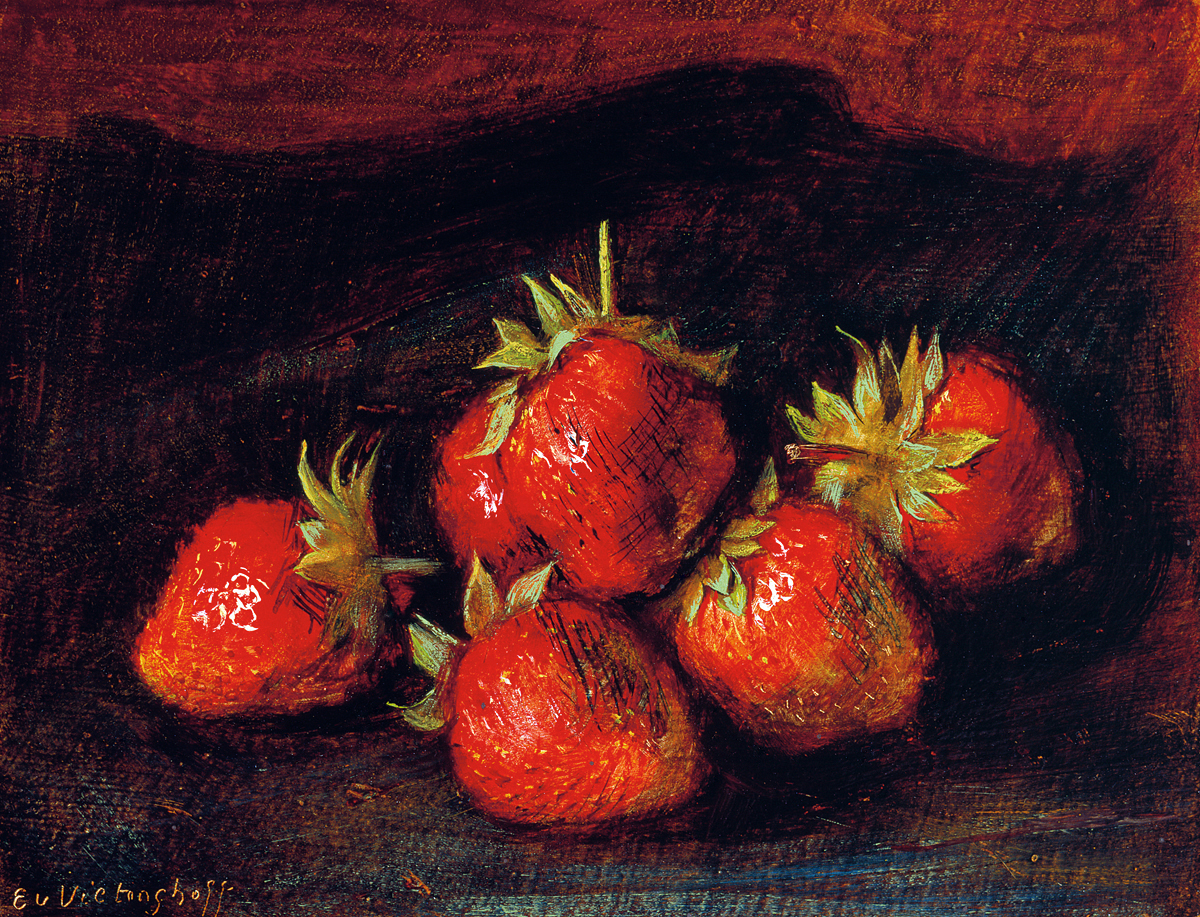 Egon von Vietinghoff found his true homeland in art at an early age. He consistently stood alone in both his philosophy and his self-taught creation. When preparing his own paints, he was a uniquely specialized craftsman. In his unswerving approach to the Transcendental Painting formulated himself, he was a solitary creative artist. Since the impressionists had broken with the tradition, the skill of the multilayer oil-resin technique had been forgotten. He rediscovered this knowledge which was no longer taught at the time.
Egon von Vietinghoff found his true homeland in art at an early age. He consistently stood alone in both his philosophy and his self-taught creation. When preparing his own paints, he was a uniquely specialized craftsman. In his unswerving approach to the Transcendental Painting formulated himself, he was a solitary creative artist. Since the impressionists had broken with the tradition, the skill of the multilayer oil-resin technique had been forgotten. He rediscovered this knowledge which was no longer taught at the time. During his intensive studies of the paintings of the Old Masters, he recognized that the way of pure visual contemplation was the guideline that enabled many of them to create true art. He agreed with most of his painter colleagues that naturalism and impressionism were dead-end roads. But instead of moving towards geometric abstraction he came to the opposite conclusion and remembered the importance of the long-lost painting technique of the Old Masters as a specifically European cultural heritage.
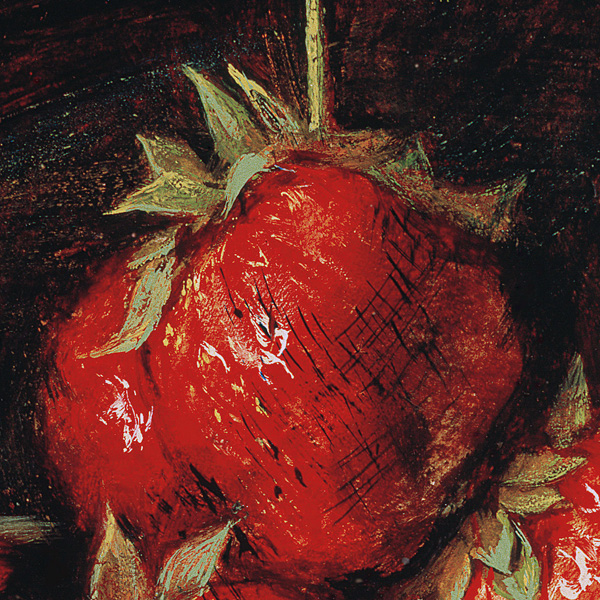 A painter who creates in the sense of the Transcendental Painting reproduces the plays of colors, forms and lights which the subject produces in his mind's eye. However, the naturalist paints what the optic of his physical eye registers. The former penetrates the world and comprehends it from the inside; the view of the latter hits only the surface of the object.
A painter who creates in the sense of the Transcendental Painting reproduces the plays of colors, forms and lights which the subject produces in his mind's eye. However, the naturalist paints what the optic of his physical eye registers. The former penetrates the world and comprehends it from the inside; the view of the latter hits only the surface of the object. The "transcendental resemblance" is not blindly oriented on the measurable properties of the phenomena, because it is not based on the observation of reality and its intention is not imitation. Its objective is to transmit an irrational, mystic experience. Thus, "trueness to life" does not oblige a precise copy of the surfaces, which is both technically impressive and industrious but an uninspired piece of work.
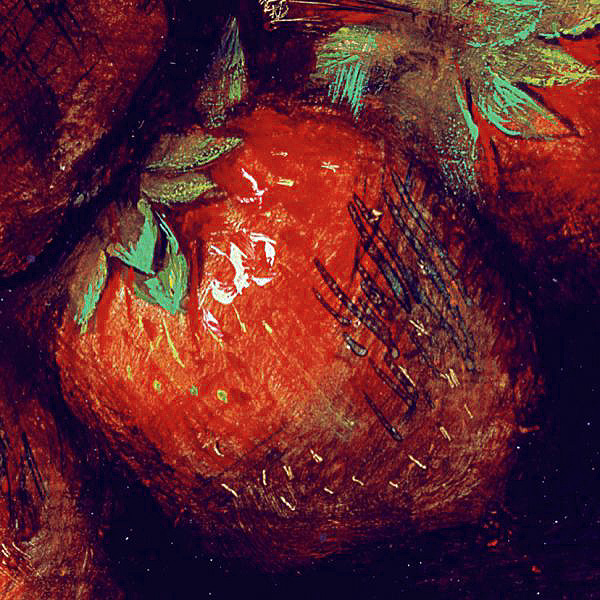 According to Vietinghoff, to paint "true to nature" means to follow what nature offers, i.e. to let representation remain in representationalism. The alternative "either representational or abstract" is a false polarization and misses the essential point of visual arts. The transcendental painting offers another way which indicates the relation between the physical and the transcendental side of the world.
According to Vietinghoff, to paint "true to nature" means to follow what nature offers, i.e. to let representation remain in representationalism. The alternative "either representational or abstract" is a false polarization and misses the essential point of visual arts. The transcendental painting offers another way which indicates the relation between the physical and the transcendental side of the world.The way to the Transcendental Painting is the method School of Pure Vision, the color oriented view which eliminates any formal and mental content, but works through immersion and a kind of meditation (a term which Vietinghoff never used himself). The School of Pure Vision is part of his spiritual concept of art whereas the multilayer glaze technique, which is based on translucency, is part of his concrete skills. Both combined facilitate the inner construction, the spiritual vibration, the pulse of things.
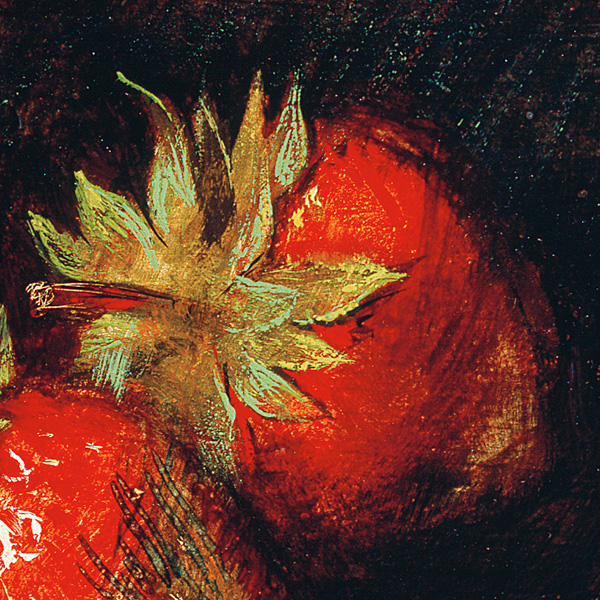 During his "meditation", the painter who creates according to the spirit of Transcendental Painting as described by Vietinghoff, immerses himself into a world of pure color in which the subject has been dissolved into a kind of kaleidoscope of colors.
During his "meditation", the painter who creates according to the spirit of Transcendental Painting as described by Vietinghoff, immerses himself into a world of pure color in which the subject has been dissolved into a kind of kaleidoscope of colors.He visually transcendends the external forms and penetrates the nature of the objects, excluding all other senses, advances to their core and characterizes the inner composition and dynamic.
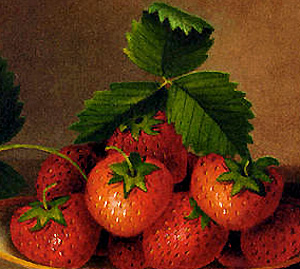 This way of creation does not allow any mental intention and brings only the phenomena of colors to the surface of the canvas. However, the superficial approach to the phenomena describes fastidiously the external properties of the subject (the amount of the pores and "seeds" of a strawberry, for instance). It is the enemy of the transcendental approach which results in the impression of the visual synthesis. The other enemy is the self-loved search for an original expression which confuses true artistic imagination with "exotic", droll or intellectual creation.
This way of creation does not allow any mental intention and brings only the phenomena of colors to the surface of the canvas. However, the superficial approach to the phenomena describes fastidiously the external properties of the subject (the amount of the pores and "seeds" of a strawberry, for instance). It is the enemy of the transcendental approach which results in the impression of the visual synthesis. The other enemy is the self-loved search for an original expression which confuses true artistic imagination with "exotic", droll or intellectual creation. 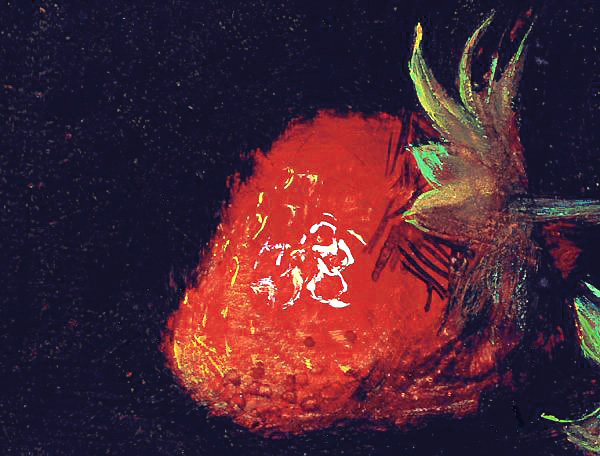 Neither does the transcendentally painting artist present an idea of the subject which one may have, such as an apple is round, red and edible (as this could be a prejudice) or small appearing things in perspective lie behind bigger ones (which is the cognitive result of many experiences).
Neither does the transcendentally painting artist present an idea of the subject which one may have, such as an apple is round, red and edible (as this could be a prejudice) or small appearing things in perspective lie behind bigger ones (which is the cognitive result of many experiences). However, he solely paints the blending of colors and lights with their neighboring colors and lights, a rhythmic play with multiple interactions among the objects and between them and the background – the "Drama of colors and forms" as termed by Egon von Vietinghoff.
Charles-Nicolas Chardin on Jean Siméon Chardin:
Chardin wanted to paint one of his first still lifes with a hare as true as possible but without slavish imitation. His goal seemed not to be the detailed rendering of every single hair but to emerge a convincing animal's image by the presentation of the general form of the body from distance. He intended to capture a true life picture on the canvas by means of color nuances, lighting conditions and general design of the form.
Chardin wanted to paint one of his first still lifes with a hare as true as possible but without slavish imitation. His goal seemed not to be the detailed rendering of every single hair but to emerge a convincing animal's image by the presentation of the general form of the body from distance. He intended to capture a true life picture on the canvas by means of color nuances, lighting conditions and general design of the form.
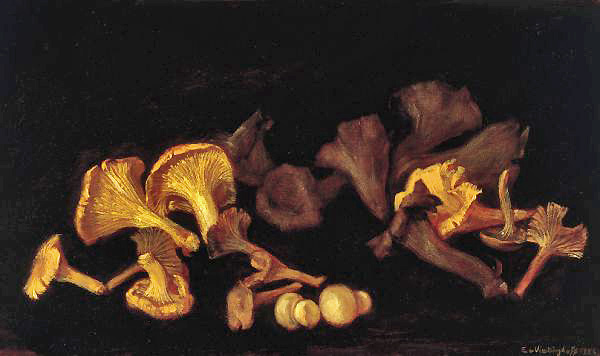 Tireless devotion to visual exercises leads him to transcendental experiences, towards a vision of the essence of objects. Through these daily visual exercises mainly with the most simple subjects, Vietinghoff advanced to metaphysical spheres.
Tireless devotion to visual exercises leads him to transcendental experiences, towards a vision of the essence of objects. Through these daily visual exercises mainly with the most simple subjects, Vietinghoff advanced to metaphysical spheres.In the transcendental painting process, through perception by the senses, he imparted to the beholder a hunch (idea) of what is hidden "behind" the forms of appearance.
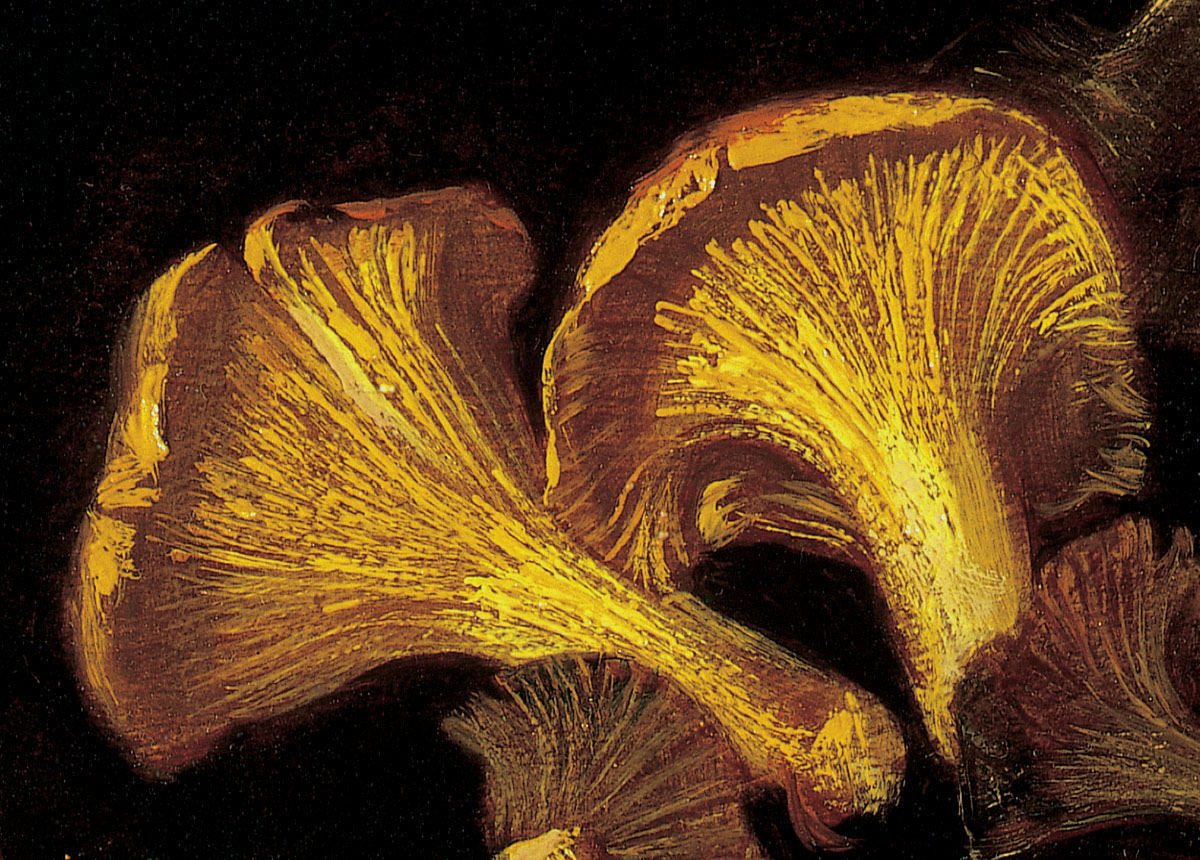 Vietinghoff's way led him through a contemplative discipline of seeing, from the School of Pure Vision to his concept of Transcendental Painting. By doing so, he went through a harmonic and internalized process without external influence.
Vietinghoff's way led him through a contemplative discipline of seeing, from the School of Pure Vision to his concept of Transcendental Painting. By doing so, he went through a harmonic and internalized process without external influence. With a certain "relaxed concentration" and trust in the metaphysical foundation of existence, he built an energy field of ready reception.
Thus, he put himself in a waiting position, in a quasi-mediumistic attentiveness. To stimulate the ability to transcendentally perceive, he tuned himself into a certain balance of an aware but relaxed state and open composure.
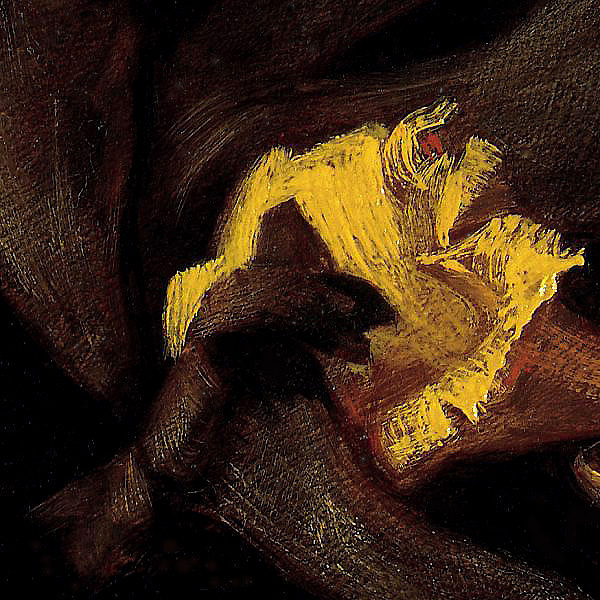 In this respect, his contemplative discipline is to compare with the composure exercises in different religions. The religious meditation is focused directly on the metaphysical dimension whereas the artistic one includes the material world i.e. comprehends the metaphysical side through the sensuous characteristics of the world.
In this respect, his contemplative discipline is to compare with the composure exercises in different religions. The religious meditation is focused directly on the metaphysical dimension whereas the artistic one includes the material world i.e. comprehends the metaphysical side through the sensuous characteristics of the world.Over years of meditative visual exercises, he opened himself to unintentional perception of the objects as color surfaces existing side by side; thus he prepared himself for inspiration. In this School of Pure Vision earlier understandings and assumptions of the materiality of things fade out: they disintegrate into individual color areas and the painter solely retraces the inner dynamics of light and color to be realized as the only facts.
The three-dimensional things are temporarily translated by the artist into color planes placed side by side. The observer has no trouble retransmitting them into spatial seeing, since human beings are used to seeing concretely.
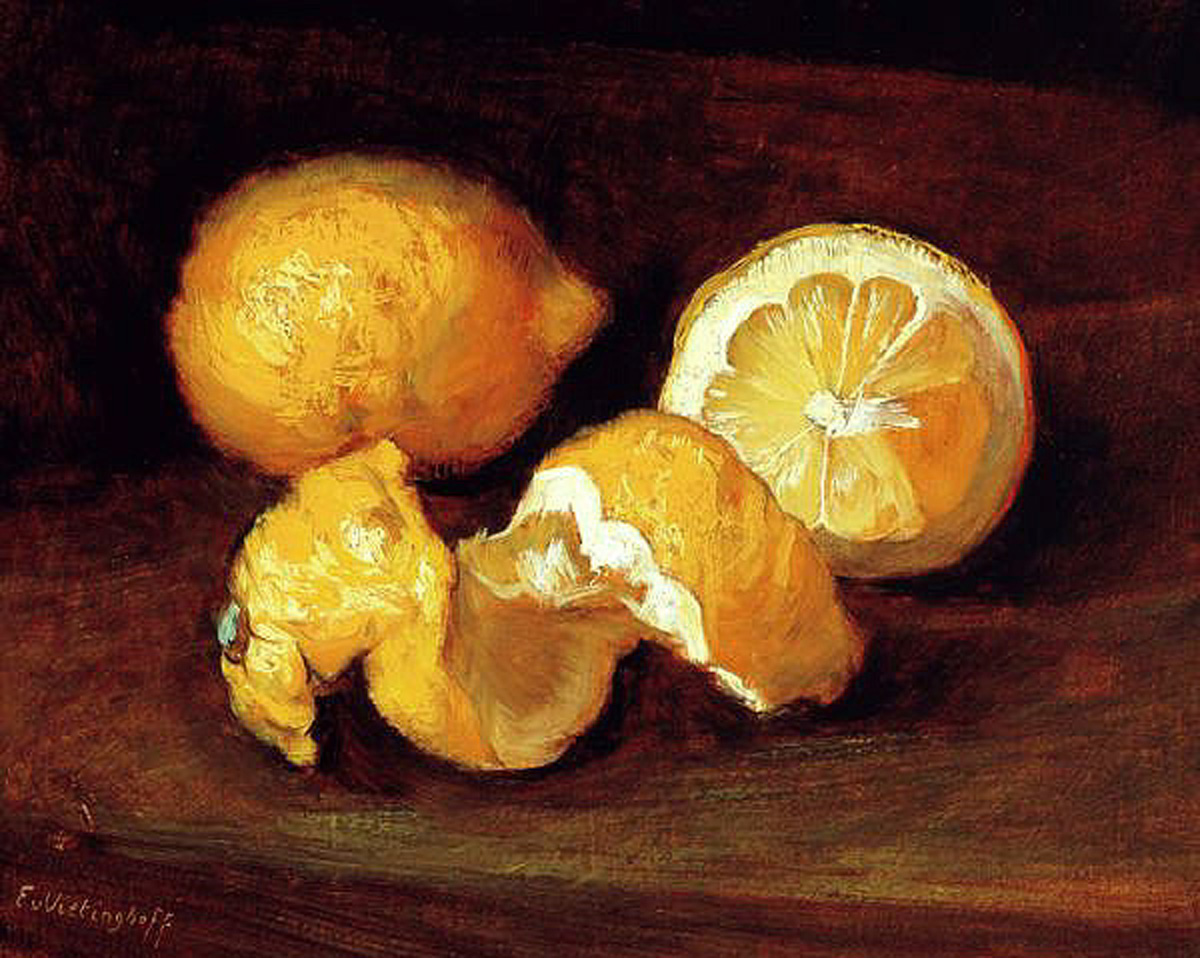 Departing from a philosophical and mystical concept, Egon von Vietinghoff understood imagination in the sense of creative ability as the possibility of the human spirit to perceive transcendently. This happens with the aid of the "artistic imagination", which Egon von Vietinghoff did not confuse either with a witty idea nor a random impulse to play! He used the term "artistic imagination" as a synonym for the sixth sense which, in the painter's case, functions as a specifically visual intuition. This intuition is the vehicle to see through the material shape, to transcend it and to guide him to the transcendental experience. Thus, the real objects dissolve in his mind's eye, a miracle of forms and colors emerges which let him participate in the irrational world.
Departing from a philosophical and mystical concept, Egon von Vietinghoff understood imagination in the sense of creative ability as the possibility of the human spirit to perceive transcendently. This happens with the aid of the "artistic imagination", which Egon von Vietinghoff did not confuse either with a witty idea nor a random impulse to play! He used the term "artistic imagination" as a synonym for the sixth sense which, in the painter's case, functions as a specifically visual intuition. This intuition is the vehicle to see through the material shape, to transcend it and to guide him to the transcendental experience. Thus, the real objects dissolve in his mind's eye, a miracle of forms and colors emerges which let him participate in the irrational world. 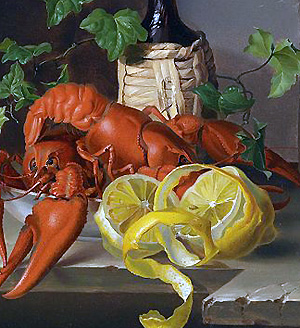 Imagination is therefore no original thought, no speculative dream-world, no willful reconstruction and no alienation of phenomena. In addition, the painter cannot force it but he can open himself and lay favorable foundations. The method to do so is Vietinghoff's School of pure contemplation.
Imagination is therefore no original thought, no speculative dream-world, no willful reconstruction and no alienation of phenomena. In addition, the painter cannot force it but he can open himself and lay favorable foundations. The method to do so is Vietinghoff's School of pure contemplation. This transformation of the external forms to the vision is what is called the act of artistic creation. If it took place or to what extent it occurred is – in Vietinghoff's opinion – the only valuable criteria of the artistic content of any work. And this, of course, provided the mastery of a painting technique which allows this performance in an adequate way.
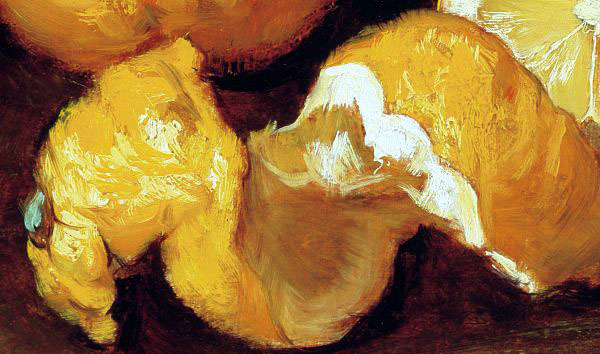 Every hour of inspiration proves (to the artist) that the approach to the absolute world is possible but every unproductive hour shows the elusiveness of the absolute world to the intellect. (Egon von Vietinghoff)
Every hour of inspiration proves (to the artist) that the approach to the absolute world is possible but every unproductive hour shows the elusiveness of the absolute world to the intellect. (Egon von Vietinghoff) When visually immersing into the drama of forms, colors and light, the process of inspiration, he felt not as an active creator but became the tool of transcendental insights. Then, the painting process runs so quickly and precisely that the artist recognizes only after the action is completed with which instinctive assurance he accomplished it.